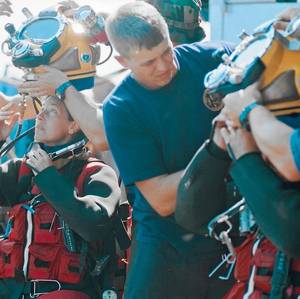
By Captain Bobbie Scolley, U.S. Navy (ret.) and Rear Admiral Tim Gallaudet, U.S. Navy (ret.)For more than six decades, spanning from 1905 to the late 1970s, the U.S. Navy’s diving apparatus for deep ocean operations and salvage remained fundamentally unchanged. During this period, the demographic of navy divers also saw little alteration.

Expansion into Harbor Tug sector helps Master Boat Builders nearly double in size, from 200 to 400 employees building eight to nine vessels per year, and the prospect of a new drydock plus additional partnerships and government construction contracts promises to power the company forward further, faster.
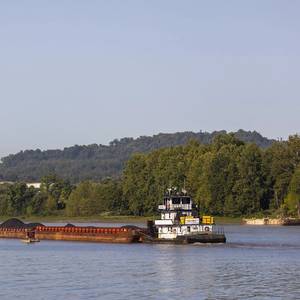
“In a global marketplace, supply and demand in one area of the world can greatly impact the agricultural production in another. American products are shipped worldwide …” is how the U.S. Department of Agriculture (USDA) describes the backdrop for international trade. The inland and coastwise waterway systems serving the United States (where agricultural cargoes are an important component) are
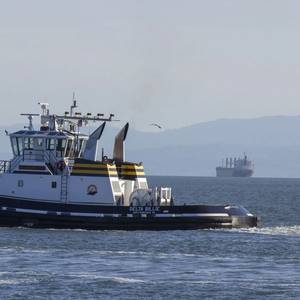
Tugboat and towboat owners across the nation eye fuel efficiency and emission reduction technologies and techniques in advance of increasingly stringent regulations.he first half of 2025 has seen a great deal of attention on emissions from vessels, with an eye towards their continued reductions in the coming years.
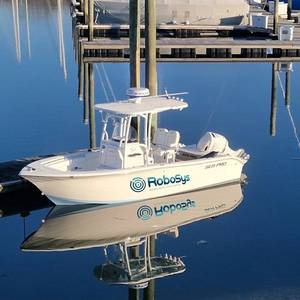
Robosys Automation, maritime autonomy software developer, has unveiled its new autonomous trials boat, which has been commissioned to deliver testing and sea trials in support of integrating clients’ software and hardware with the VOYAGER AI suite.Robosys’ new boat, the “Pioneer,” is a 6.
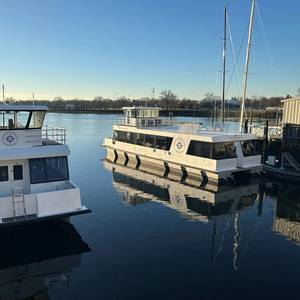
Marine Jet Power (MJP), a global provider of waterjet propulsion, and Derecktor Shipyards New York announced the launch and christening of two groundbreaking passenger ferries for Chatham Area Transit (CAT) of Savannah, Georgia.These vessels represent a significant milestone as the first hybrid passenger ferries in the United States powered by waterjet propulsion.